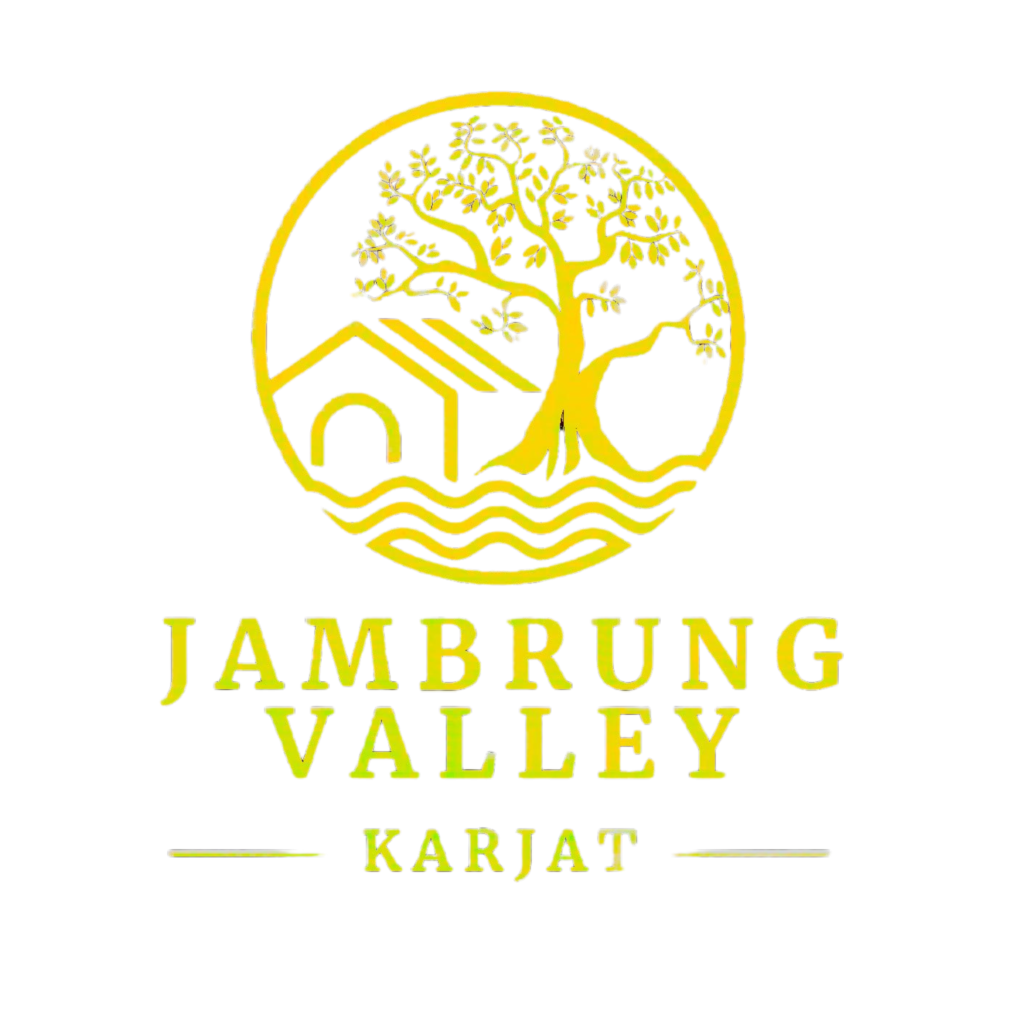
Infrastructure development plays a pivotal role in shaping the growth and value of real estate. As governments and private sectors invest in roads, public transportation, utilities, and amenities, the surrounding areas typically experience significant changes in property values. Infrastructure projects can transform previously underdeveloped regions into prime real estate, attracting buyers and investors alike.
Improved accessibility and connectivity
One of the most immediate effects of infrastructure development is the enhancement of accessibility. New highways, bridges, and public transportation systems make once-isolated areas more accessible to the public, resulting in increased demand for real estate. When commuting times are reduced, previously undervalued areas become more attractive to homebuyers and investors.
For example, the construction of a new metro line or highway can significantly raise the value of properties near stations and exits. Commuters appreciate easy access to their workplaces, schools, and city centers, which makes these locations more desirable. As a result, properties in well-connected areas often experience a sharp rise in value over time.
Economic Growth and Job Creation
Infrastructure projects, particularly large-scale ones, often generate substantial economic growth. When new commercial hubs, business districts, or industrial zones are developed, they create jobs and attract talent. This, in turn, drives demand for housing in the surrounding areas, leading to an increase in real estate prices.
Additionally, the presence of new job opportunities can attract real estate investors who purchase properties to rent to workers or businesses relocating to the area. The development of transportation, utilities, and communication networks further boosts economic activity, making the area more appealing to both residential and commercial buyers.
Enhanced Public Services and Amenities
Infrastructure investment goes beyond roads and transportation systems. The development of public services such as hospitals, schools, parks, and recreational facilities can greatly enhance the quality of life in a region. Homebuyers often look for properties near well-developed public services, as these amenities provide convenience and add value to the living experience.
When new infrastructure projects include green spaces, cultural centers, shopping malls, or entertainment facilities, the real estate in the area can see significant value appreciation. These amenities make the area more desirable, which, in turn, attracts more people to buy or rent properties nearby.
Reduction in Development Risk
Areas lacking in basic infrastructure—such as water supply, electricity, or proper drainage—pose a higher development risk for real estate investors. When infrastructure is upgraded or newly developed, the risks associated with property development decrease, encouraging both small and large developers to invest in the area.
For example, the installation of reliable water, sewage, and energy systems reduces uncertainty for builders, leading to an increase in property development. As developers feel more confident, the supply of new homes and commercial spaces rises, pushing up demand and property values in the area.
Environmental and Sustainability Factors
Sustainable and environmentally friendly infrastructure is becoming increasingly important in real estate. The construction of green infrastructure, such as energy-efficient buildings, solar power grids, or eco-friendly transportation systems, can significantly increase property value. Modern buyers and renters are more conscious of their environmental impact, and they prioritize homes and offices that are located in sustainable areas.
Additionally, infrastructure projects that prioritize environmental protection, such as flood control systems, proper waste management, and conservation zones, can raise the attractiveness of a region. By ensuring the long-term sustainability of the environment, these projects make the area more appealing to buyers concerned about climate change and environmental degradation.
Increased investor confidence
A well-developed infrastructure signals to potential investors that the region is stable and poised for growth. Real estate developers and investors are more likely to invest in areas where the government is actively improving infrastructure, as it reduces investment risk and increases the likelihood of property appreciation.
In areas with strong infrastructure development plans, investor confidence grows, and demand for both commercial and residential properties increases. This can result in a surge in property transactions and a rise in property values. Additionally, government incentives for infrastructure development can attract foreign investors, further driving demand and property prices.
Urbanization and Population Growth
As infrastructure develops, it attracts people to previously underpopulated areas. The influx of new residents increases the demand for housing, commercial spaces, and services, which drives up real estate prices. Urbanization leads to the growth of new neighborhoods, business districts, and shopping areas, further adding to property demand.
In some cases, areas that were once considered rural or underdeveloped can rapidly urbanize due to strategic infrastructure investments. This urbanization not only raises real estate values but also opens up new opportunities for property development.
Long-Term Value Appreciation
Infrastructure development tends to have a long-term impact on property values. While short-term gains can be seen during construction phases, the real value increase often comes after the infrastructure project is completed. Well-planned infrastructure tends to attract long-term residents, businesses, and industries, which drives sustained demand for real estate over time.
This long-term appreciation benefits both homeowners and real estate investors who are looking for stable returns. By investing in properties in areas with planned or ongoing infrastructure projects, real estate owners can enjoy a steady increase in property values over the years.
Infrastructure development is one of the most influential factors in determining real estate values. Improved accessibility, enhanced public services, and increased economic growth create new opportunities for homeowners, investors, and developers alike. As infrastructure continues to evolve, areas previously considered remote or underdeveloped can rapidly rise in value, making them attractive real estate markets.
By staying informed about infrastructure plans and their potential effects, real estate buyers and investors can make strategic decisions that maximize their returns and provide long-term value.



